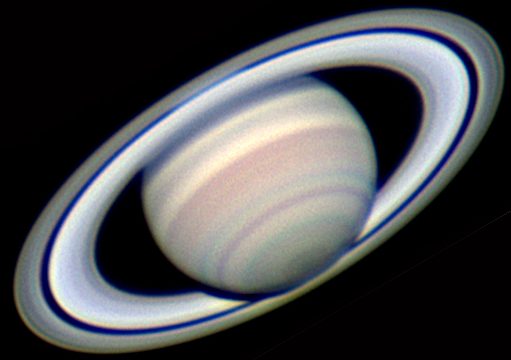This post is also available in: 日本語 (Japanese)
The previous Venus (March 2017) was imaged with the borrowed 17.8cm ED refracting telescope. Refraction with a high S / N ratio is advantageous for daytime imaging, forcing it on the equatorial mount. I took it on a sunny day. The Venus, which was close to the sun and was thin like a bow, was wonderful. In addition, a circular image of the back of Venus and the ground pattern could be detected. I’m sorry that I couldn’t see the west sky this time!
Try another way!
Try another way!



